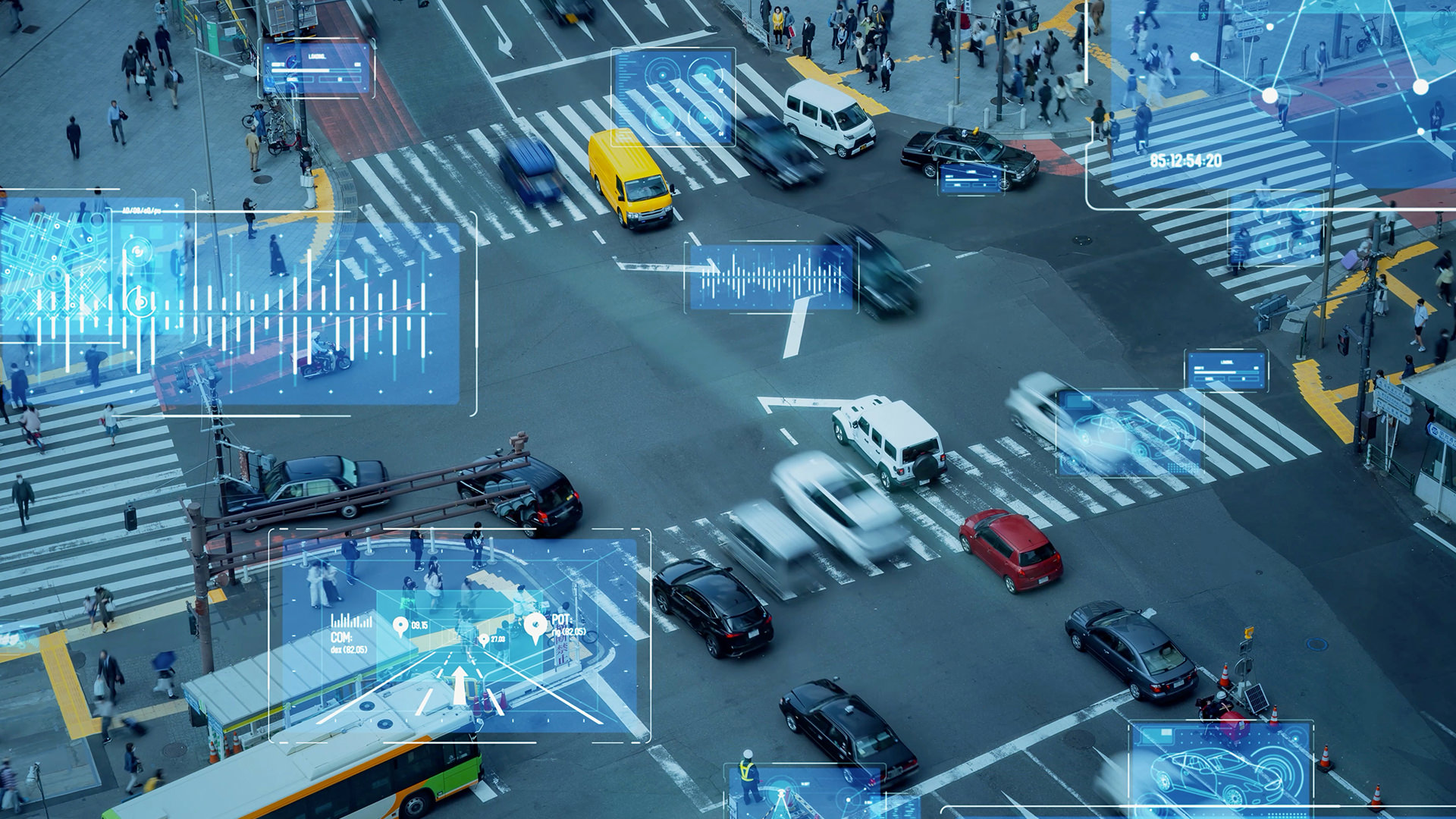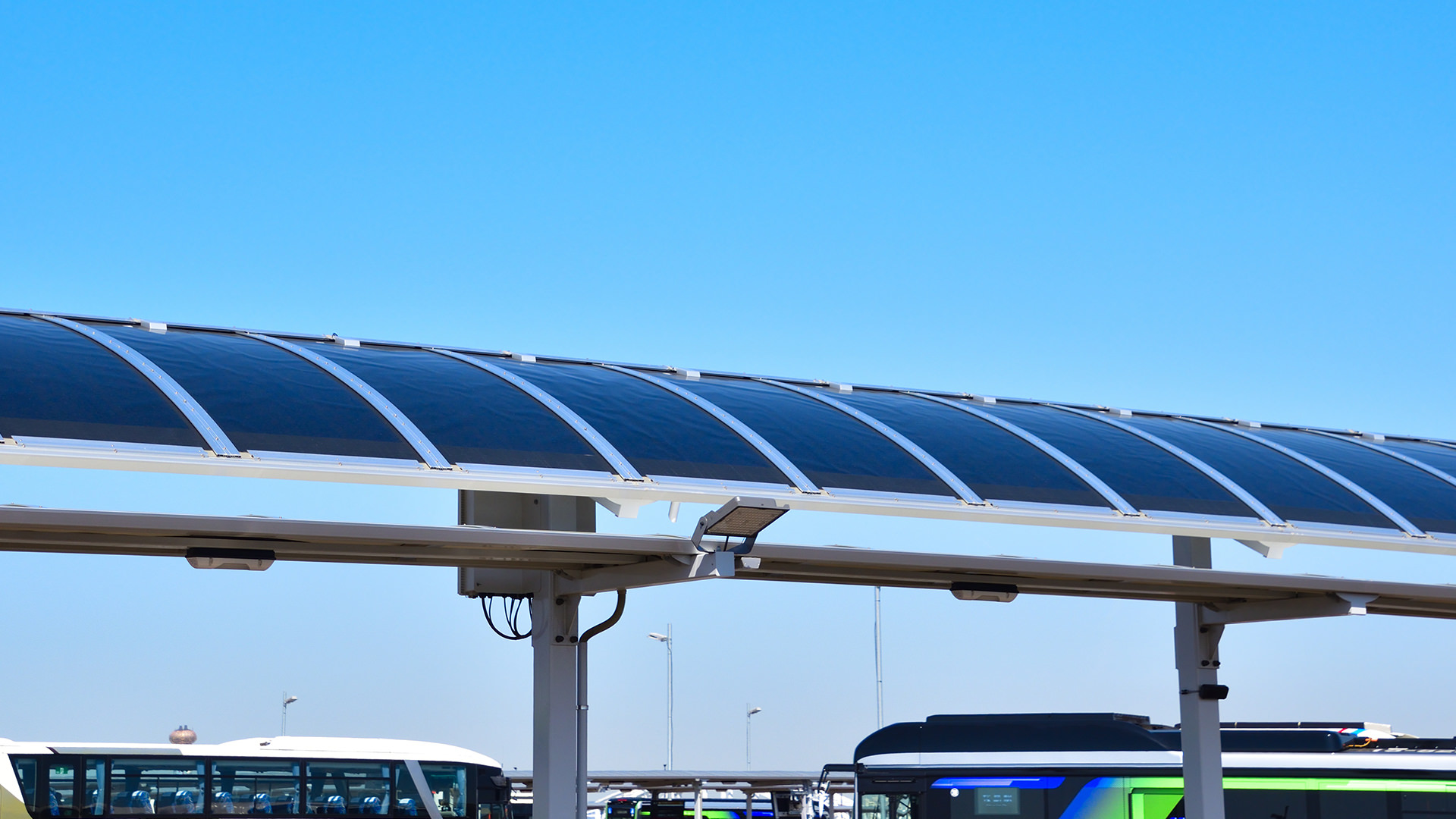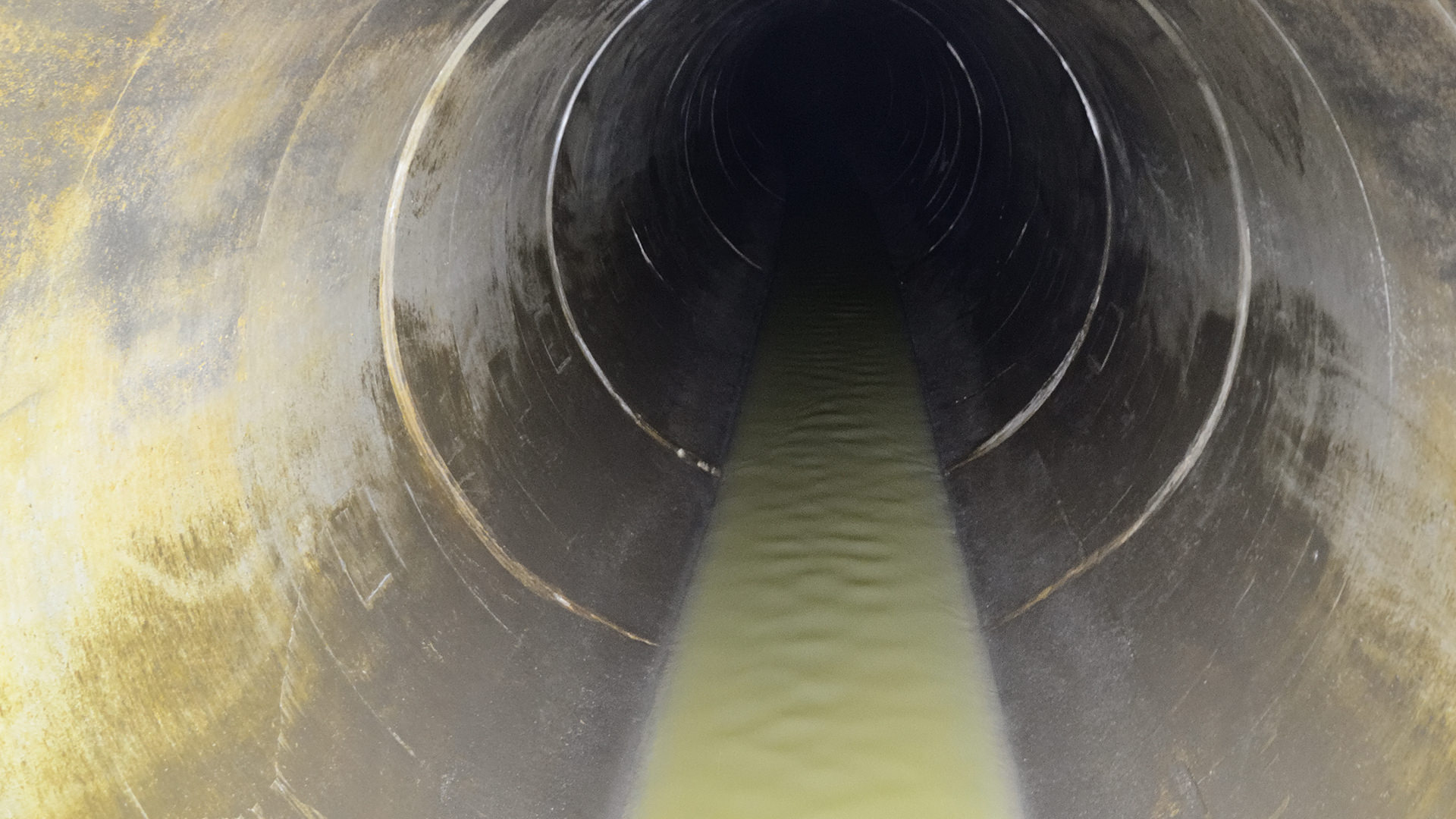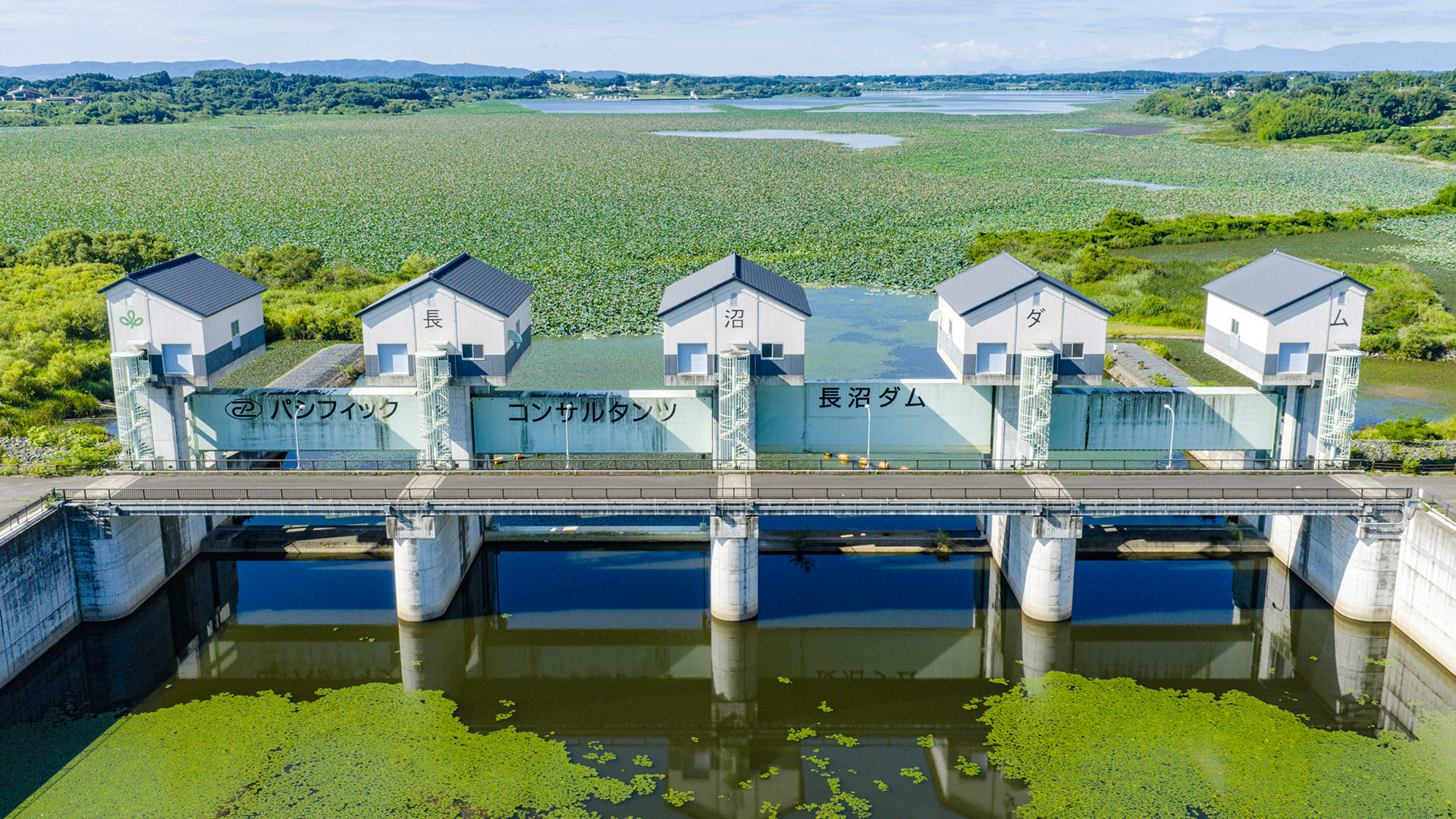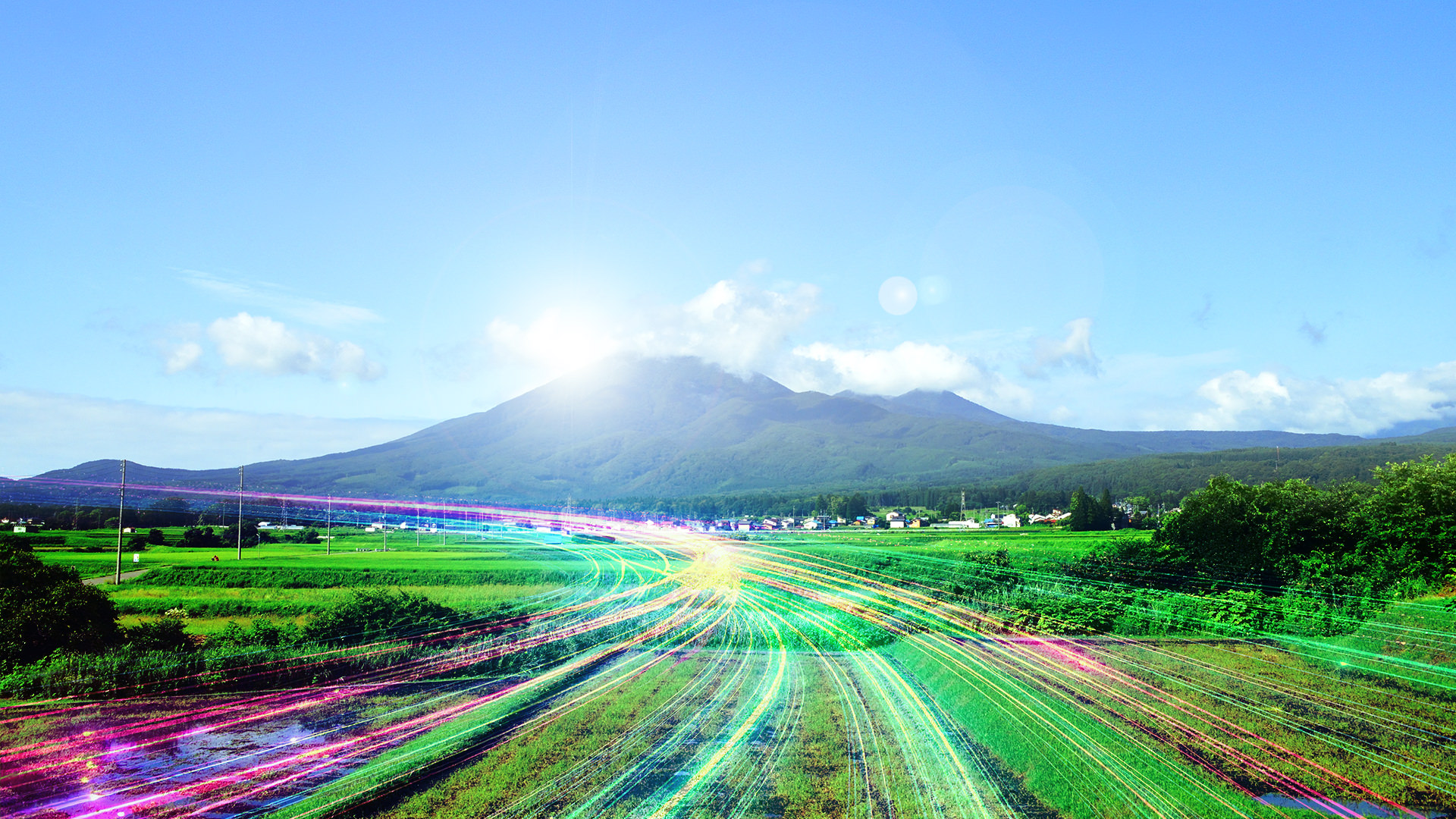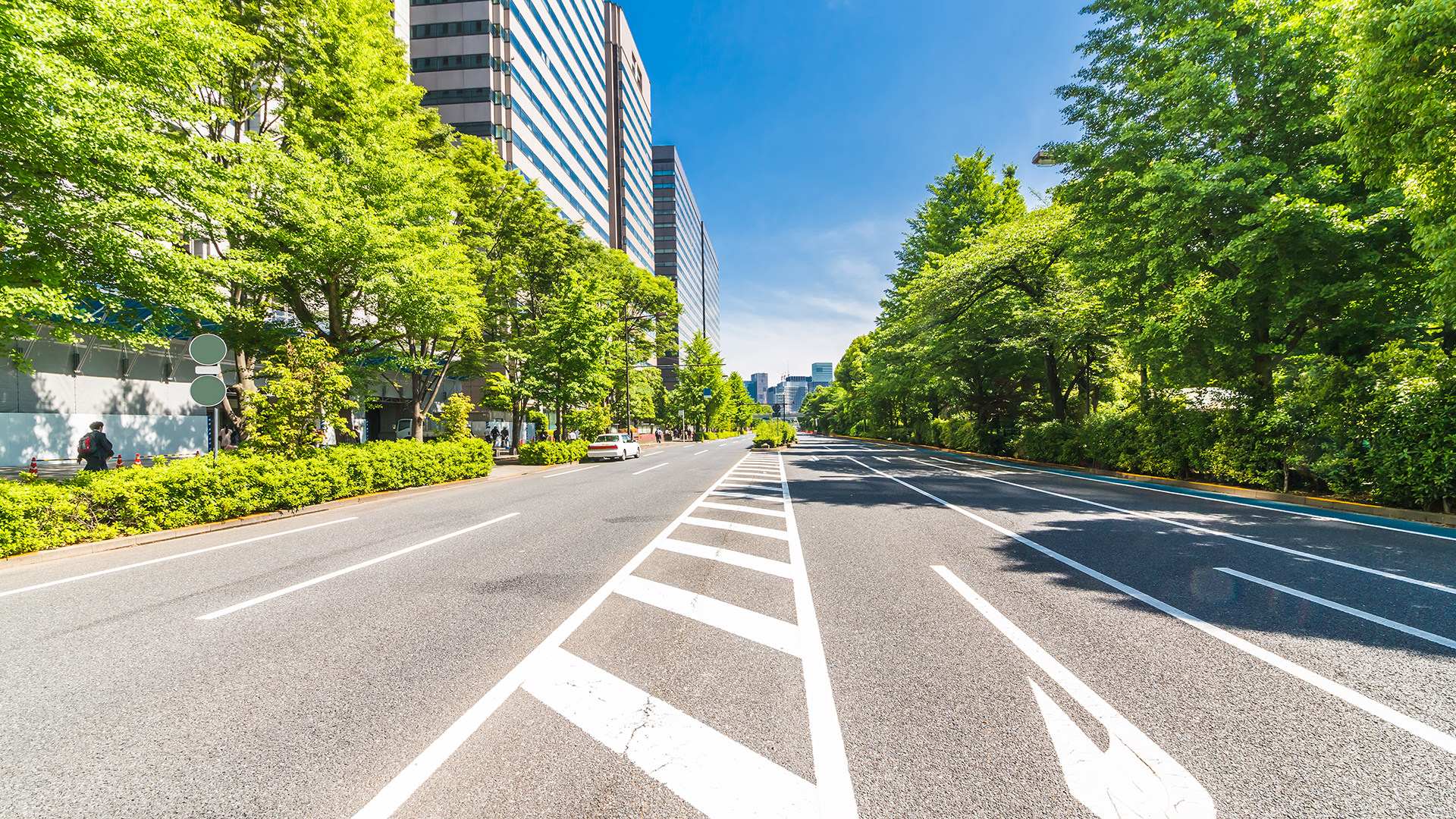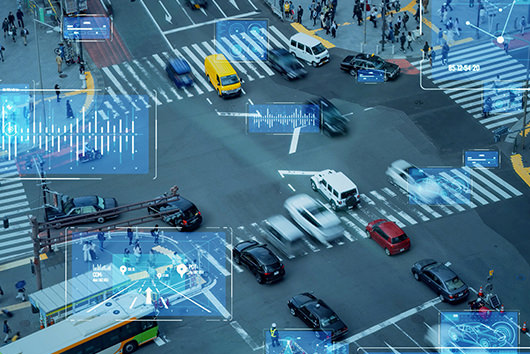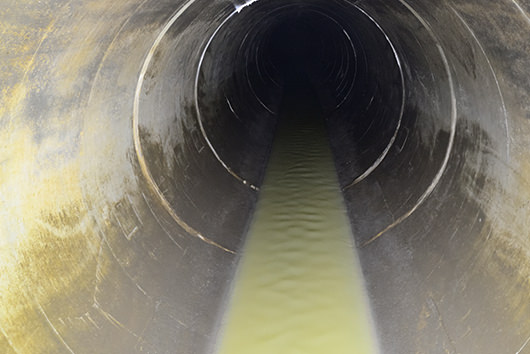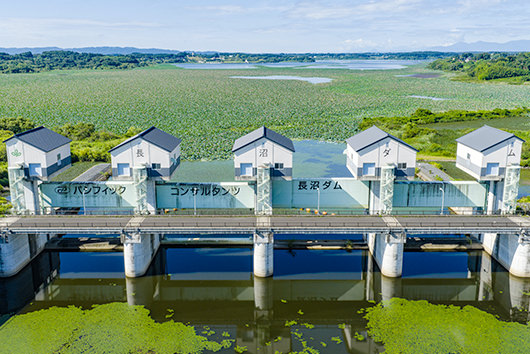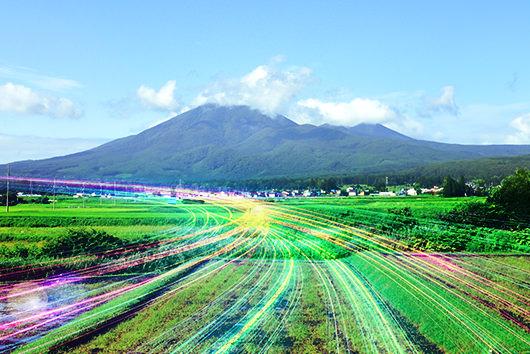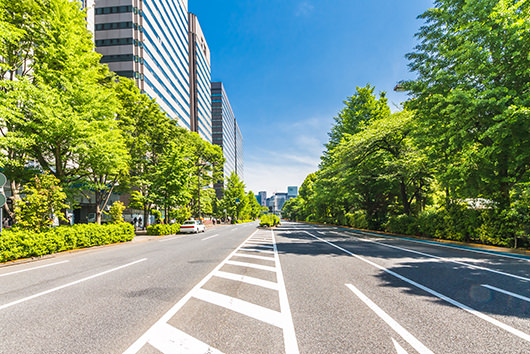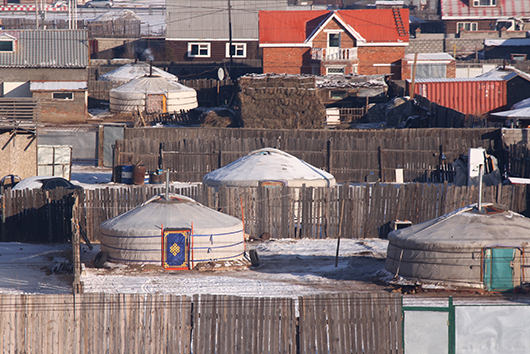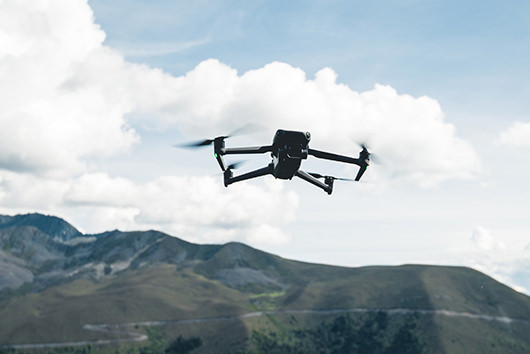PACIFIC CONSULTANTS
Urban and Infrastructure Projects for the Future
For over 70 years since our establishment, PACIFIC CONSULTANTS GROUP has been providing technical services related to the planning, investigation, engineering, design, construction management and maintenance of a wide range of social infrastructure, including roads, railways, rivers and ports.
Our goal is to create a society where people around the world can live in peace and security, and to protect the global environment and pass on a rich Earth to the next generation.
Taking on the challenge of resolving social issues through cutting-edge integrated solution services.
We will share the knowledge and project stories of our professional consultants.
Our goal is to create a society where people around the world can live in peace and security, and to protect the global environment and pass on a rich Earth to the next generation.
Taking on the challenge of resolving social issues through cutting-edge integrated solution services.
We will share the knowledge and project stories of our professional consultants.



